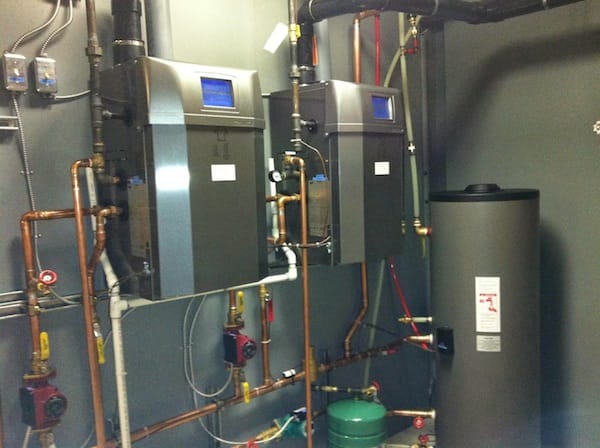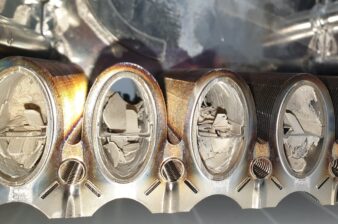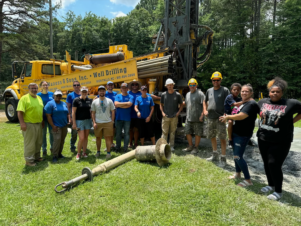When it comes to heating systems, the world of hydronic and steam systems is like a hidden gem quietly working behind the scenes to keep us warm and cozy. Whether you are a homeowner, an installer, or just curious about efficient heating, understanding the best practices for design, installation, and maintenance can make a world of difference.

Choosing The Right Parts
Even before the design or installation, selecting the right parts is the first step. Here, you need to pick the right and reliable brand that can provide you with the right installation parts that can last longer. One such brand is Bell and Gossett. Bell and Gossett parts are high in quality and variety as well. Whether it is a heat exchanger or a wastewater pump, they have all the parts required for perfect plumbing.
Designing For Comfort
Imagine you step into your home on a chilly winter evening, and instead of a blast of cold air, you are greeted by warmth that wraps around you like a cozy blanket. That’s the magic of a well-designed hydronic or steam heating system. The key here is sizing. Consider your space, insulation, and climate. It’s like tailoring a suit – a perfect fit ensures optimal performance. Also, think about zoning. If your living room is your haven in the winter, why heat up the guest room that rarely sees any action? Zoning lets you customize the warmth where you need it.
Installation Artistry
Now, let’s talk installation. It is like putting together a complex puzzle, but instead of a picture, you get a warm and comfortable home. Quality materials are your building blocks – from pipes to radiators. Consider them the foundation of your heating masterpiece.
Take care with pipe insulation; it’s like wrapping your system in a warm hug. This not only prevents heat loss but also ensures your energy bills don’t skyrocket. And when it comes to radiators, placement matters. Proper placement ensures consistent warmth, no matter where you are.
Let’s not forget about ventilation. Proper airflow is like the breath of life for your system. It ensures efficient operation and prevents that annoying gurgling sound that can disrupt your peace and quiet.
Maintenance
Just like a car needs regular oil changes, your hydronic or steam system needs some love and care to keep working smoothly. Maintenance is the heartbeat of efficiency. Start with bleeding your radiators – it’s like giving your system a deep breath. Over time, air can get trapped, making your system work harder. By bleeding the radiators, you release that air, allowing hot water or steam to circulate freely. Check for leaks, too. Keep an eye out for damp spots or corrosion, and address any issues promptly. On top of that, water quality matters. Regularly flushing your system prevents mineral deposits that can hamper efficiency.
Troubleshooting
Sometimes, your heating system might send subtle signals that something’s amiss. Pay attention to unusual sounds – banging, hissing, or gurgling. These aren’t just random noises; they are your system’s way of saying that it needs some attention. If your radiators feel cold at the top, it’s a sign of trapped air. If you notice inconsistent heating, it is a sign that you need to perform zoning checks to maintain a balance.
Sustainability
In this day and age, it’s not just about staying warm; it’s about doing it sustainably. Upgrading to modern, energy-efficient components supercharge your system. Condensing boilers, for instance, are the superheroes of efficiency, recovering heat from the flue gases and putting it back to work. And let’s not forget about smart control. They help you use your energy precisely when and where you need it, minimizing waste.
Conclusion
In the end, embracing best practices for hydronic and steam systems is about more than warmth; it’s about creating a haven of comfort and efficiency. It ensures that your home is heated perfectly. So, here’s to the heroes behind the walls – may they keep you warm and snug for years to come.




Join the conversation: